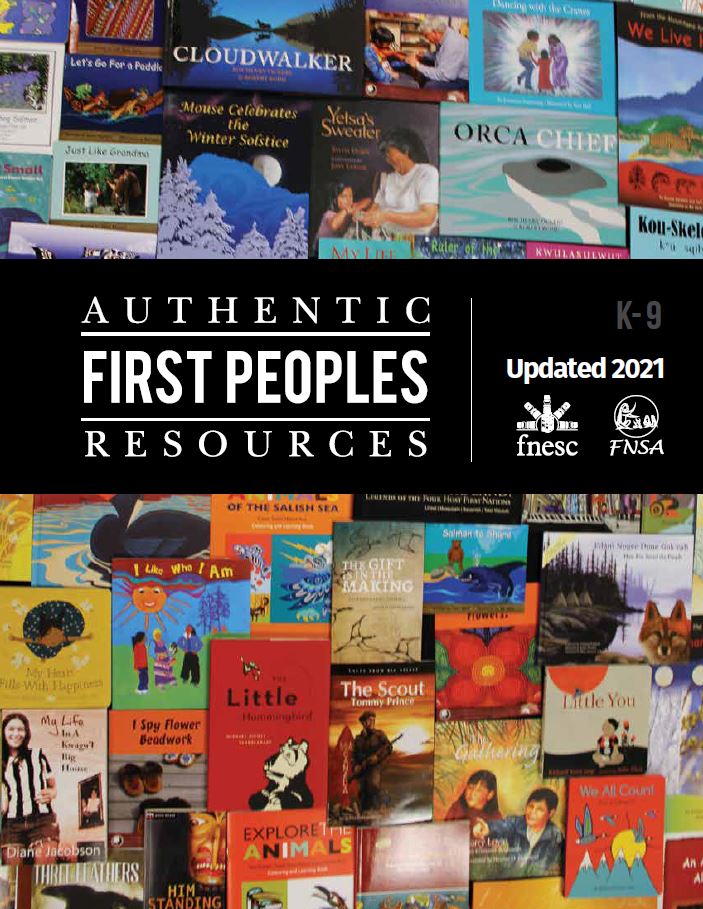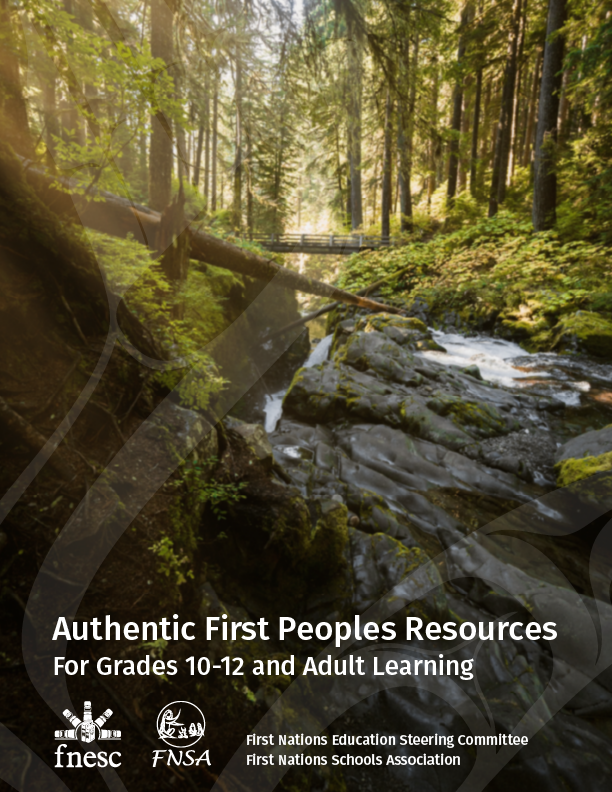The past two decades have seen a dramatic increase in the number of Indigenous texts. The First Nations Education Steering Committee (FNESC) and the First Nations Schools Association (FNSA) have developed tools, Authentic First Peoples Resources for Use in K-9 Classrooms (Updated 2021) and Authentic First Peoples Resources for Grades 10-12 and Adult Learning (2021) to help educators in British Columbia (BC) make decisions about which resources might be appropriate for use with students.
Using authentic First Peoples voice is one part of helping to address colonial legacies, ensuring that First Peoples’ cultures and perspectives are portrayed accurately and authentically, and providing opportunities for diverse First Nations, Métis, and Inuit voices in Canada to be recognized and celebrated.
The inclusion of authentic First Peoples content into classrooms supports all students in developing an understanding of the significant place of First Peoples within the historical and contemporary fabric of this province and provides culturally relevant materials for Indigenous learners in British Columbia.
For a hardcopy of this resource, please use our publications form to order. Quantities are limited.
We welcome your feedback on this resource.
Resources
What Are Authentic First Peoples Texts?
Authentic First Peoples texts are historical or contemporary texts that
- are created by First Peoples or through the substantial contributions of First Peoples
- depict themes and issues that are important within First Peoples cultures (e.g., identity, tradition, role of family, importance of Elders, connection to the land, the nature and place of spirituality as an aspect of wisdom, the relationships between individual and community, and the importance of oral tradition — see Common Themes in First Peoples Texts later in this Introduction)
- incorporate First Peoples story-telling techniques and features as applicable (e.g., circular structure, repetition, weaving in of spirituality, humour).
Please note: authenticity does not just refer to accuracy; for the purposes of our teacher resource guides, it refers to texts created by, or in significant collaboration with, First Peoples.


